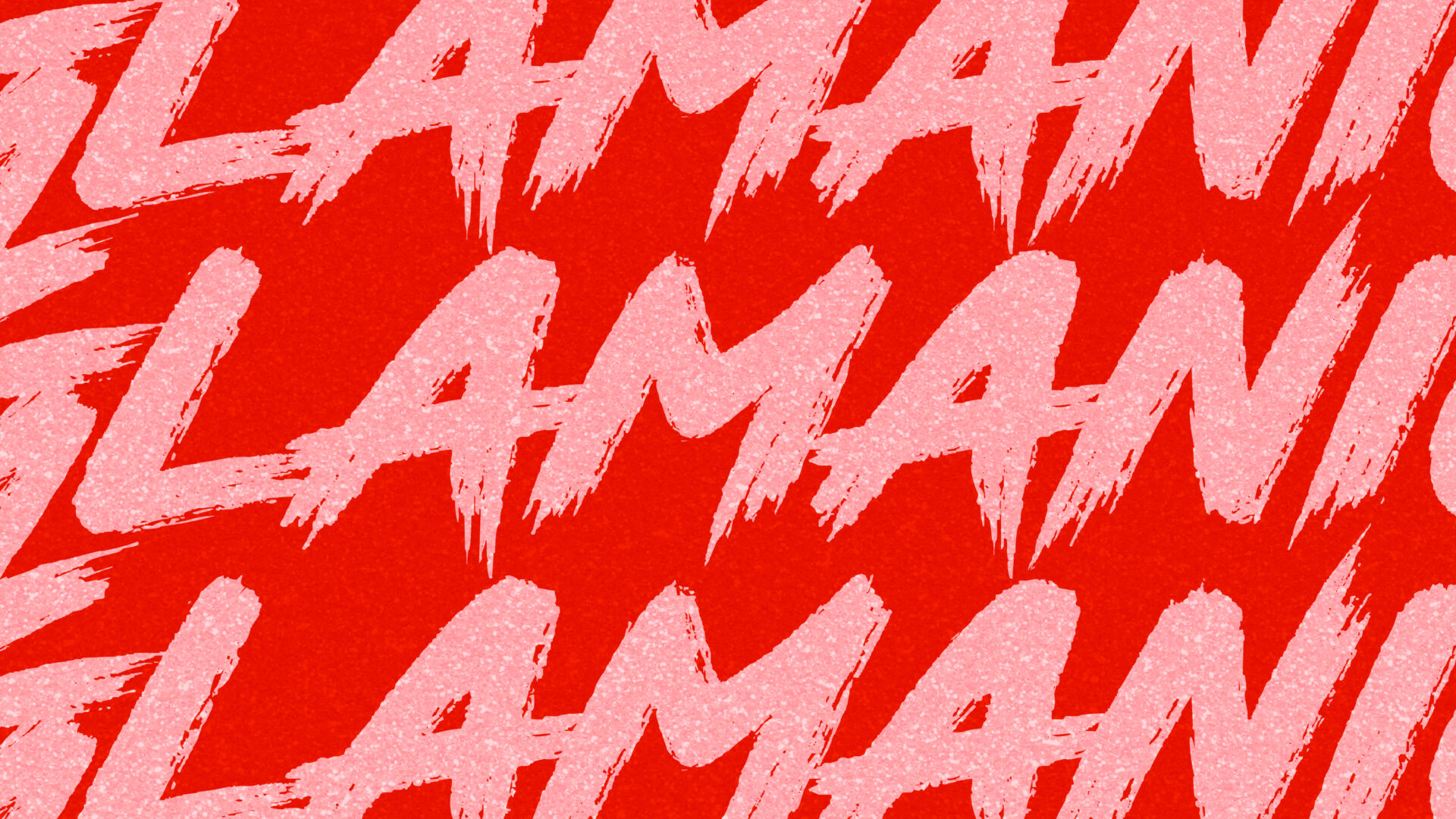
The best interface is no interface
I’ve been thinking a lot lately about what makes great design truly great.
After years of building interfaces, studying user behavior, and watching people interact with digital products, I’ve come to a somewhat counterintuitive realization: the best interface is often no interface at all.
When design disappears
Think about the last time you used something that just worked. I mean really worked.
Where you didn’t have to think, didn’t have to learn, didn’t have to adapt your mental model to match some designer’s vision. You probably can’t remember the interface at all, can you?
That’s the point.
The most successful designs are the ones that become invisible.
They anticipate what you need before you even know you need it.
They eliminate friction so completely that the tool becomes an extension of your intention rather than an obstacle to it.
Reading minds through smart defaults
One of my favorite examples of this is how Spotify handles music discovery.
Sure, they have all the usual interface elements. Search bars, browse sections, playlist creators.
But the magic happens in Discover Weekly and Daily Mix, where the interface essentially disappears and the system just knows what you want to hear.
No clicking through endless categories. No analyzing mood descriptors. No decision paralysis. Just “here’s music you’ll probably love”, and they’re usually right.
The interface didn’t get better by adding more buttons or making things prettier. It got better by making itself unnecessary.
Smart assumptions that actually work
Amazon’s one-click purchasing was revolutionary not because it was technically impressive, but because it eliminated an entire decision tree.
Instead of forcing users through multiple confirmation screens, they made a smart assumption: if someone has bought from us before and they’re clicking “buy now,” they probably just want the thing delivered to their usual address with their usual payment method.
Revolutionary? Maybe not. But it turned a 5-step process into a 1-step process, and suddenly buying stuff online felt as natural as grabbing something off a shelf.
Context is everything
The best “invisible” interfaces are powered by context.
Your phone’s flashlight turning on when you shake it in the dark. Your car adjusting the seat position when it recognizes your key. Your email app prioritizing messages from people you actually respond to.
These aren’t just features. They’re the interface learning your patterns and getting out of your way.
The paradox of invisible complexity
Here’s what’s fascinating. Making interfaces disappear often requires more complexity behind the scenes, not less.
Those smart defaults? They’re powered by machine learning algorithms analyzing thousands of data points.
That seamless experience? It’s the result of countless edge cases being anticipated and handled gracefully.
The best designers and developers aren’t the ones who can build the most features. They’re the ones who can hide the most complexity.
When interfaces should stay visible
Now, I’m not advocating for completely removing all interfaces everywhere.
Sometimes you need controls. Sometimes you need options. Sometimes the learning curve is worth it for power users who want fine-grained control.
The key is knowing when to step back and when to step forward.
A photo editing app for professionals should absolutely have detailed controls visible. But a camera app for everyday photos? The best ones hide all that complexity behind a single tap, while still making the advanced features available when needed.
Building for intention, not attention
Traditional interface design often focuses on capturing attention. Bright colors, animations, notifications. But the most satisfying products are the ones that respect your intention instead.
They ask: “What is this person trying to accomplish?” rather than “How do we get them to spend more time here?”
Gmail’s smart compose feature is a perfect example. It doesn’t demand attention with flashy animations. It just quietly suggests the next few words you’re probably going to type anyway. You can ignore it completely, or let it save you a few keystrokes. Either way, it’s working in service of your goal: sending that email.
The art of anticipation
The best “no interface” moments happen when systems anticipate needs you didn’t even know you had.
Like when your maps app automatically suggests leaving early for an appointment because it knows there’s traffic. Or when your streaming service downloads shows you might want to watch before you get on a plane.
These moments feel magical because they compress time. Instead of having to think, decide, and act, you just… accomplish what you wanted.
Starting small with invisible design
You don’t need AI and machine learning to start building more invisible interfaces. Sometimes it’s as simple as:
- Setting better default values based on what 80% of users actually choose
- Remembering preferences so people don’t have to set them every time
- Reducing confirmation dialogs for low-risk actions
- Using progressive disclosure to show complexity only when needed
- Making common actions faster and less common actions possible
The future is ambient
I think we’re moving toward what I call “ambient computing”. Where our tools and interfaces fade into the background of our lives rather than demanding the foreground.
The best apps won’t be the ones with the most beautiful interfaces, but the ones whose interfaces become so intuitive that they feel like extensions of our own capabilities.
Your to-do list won’t just store tasks. It’ll nudge you about the right task at the right time based on your location, energy level, and schedule. Your home won’t just respond to commands. It’ll adjust temperature, lighting, and music based on patterns it’s learned about your preferences.
Making it personal
What excites me most about this direction is how personal it becomes.
Instead of forcing everyone to learn the same interface, products can adapt to individual patterns and preferences.
Your version of the app works differently than mine because we think differently, work differently, and want different things.
The interface doesn’t disappear by becoming generic. It disappears by becoming so specifically tuned to you that using it feels effortless.
That’s the real goal. Not just making interfaces that work for everyone, but making interfaces that work so well for each individual that they stop feeling like interfaces at all. They just feel like getting things done.


